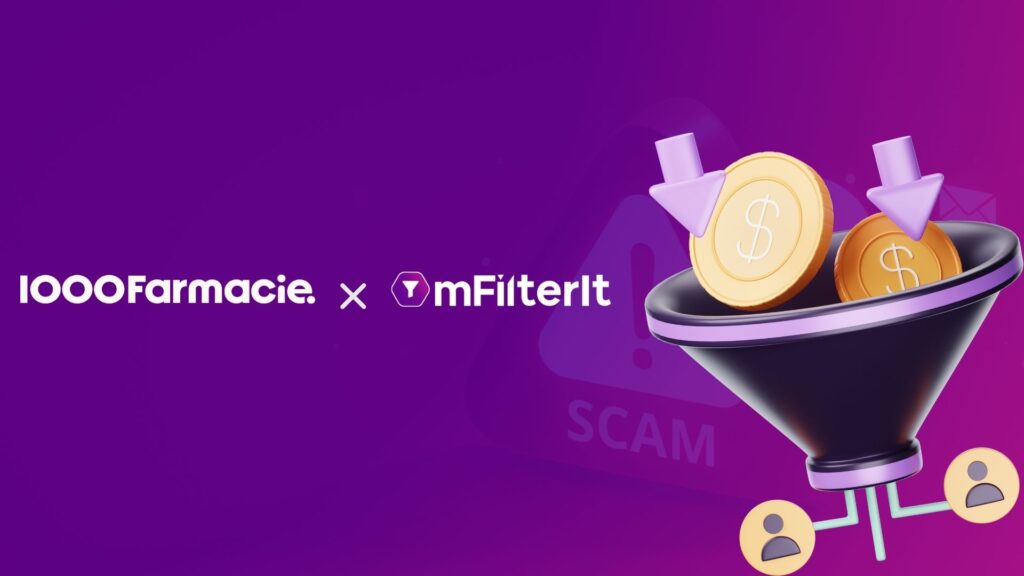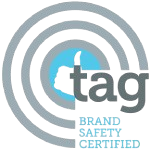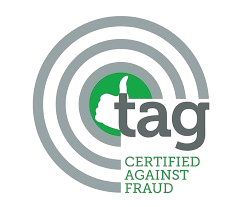In 2023, the global e-commerce retail reached $5.8 trillion as per a Statista report. Further, by 2027, it is expected that global retail e-commerce sales will cross $8 trillion indicating a 39% growth.
With the growth of e-commerce, every marketer must pay attention to digital shelf analytics. It is your secret weapon for ensuring your products shine in the vast online landscape. You can outperform the competition and generate more sales by refining just about every aspect of product listings ranging from search engine rankings to customer reviews.
There is a need for every e-commerce player to have access to business intelligence in real-time and in actionable form to ensure the success benchmarks are achieved. Business intelligence needs to be granular to the last detail and scalable by geographies and platforms.
Table of Contents
ToggleWhat is Digital Shelf Optimization?
The term digital shelf precisely means online shelf, where the shoppers search for the required product, compare it with different products at different platforms based on pricing and quality, and finally decide what to buy.
Digital Shelf Optimization refers to the process of tuning and presenting these online components in such a way that it makes the product dynamically visible and is easily accessible to potential buyers.
Why Digital Shelf Optimization is important?
The digital shelf is where brands compete for customer attention. With traditional marketing converting to e-commerce at a lightning pace with the help of a digital shelf analytics, that helps a brand to create a strong presence on the digital shelf is critical for success. Effective Digital Shelf Optimization ensures that your products are not just listed online but are positioned in such a way as to attract and convert customer searches into sales.
It typically covers the stages of awareness and interest, consideration and evaluation, and the ultimate purchase decision. A holistic outlook of the entire customer journey is critical for optimizing your customers’ e-commerce journey.
How to Win the Digital Shelf
It is important to consider the vast range of analytical metrics while devising a strategy to sell on e-commerce platforms. Analytical requirements are real-time and actionable insights is the need of the hour. The following are a few of the important metrics every e-commerce player should track:
1. Discoverability Analysis
Discoverability is all about Share of Shelf/Search. The brand should track Share of Shelf across the competition in the category across a wide range of e-commerce platforms (both apps & web) and locations.
- Enhance brand discoverability based on keywords
- Monitor and measure the digital share of shelf performance
- Slice and dice through various platforms, cities, product categories, etc.
- Brands can identify the right keywords and take appropriate actions.
2. Banner Analysis
To monitor the positioning of the category page Share of Voice and Share of Shelf banner with analysis of the keywords and images on the banner.
- It can be analyzed based on the Home Page, Category Page, and Keyword.
- Banners spread by themes and theming by brand,
- Display banner and word cloud of keywords on the banner
- SOV across brand and sub-brand
3. Pricing Analysis
Identify and monitor pricing and discounting trends across e-commerce platforms on own brands vis-à-vis competition. Get real-time industry-dedicated market insights to build improved pricing & discount strategies to improve revenue.
- Real-time industry ASPs & discounts vis-s-vis your own brand.
- Category averages along with current Brand price & discount metrics & trends.
- In sighting into highest & lowest ASPs & Discounts based on platform, city & category.
- Identify MAP violations & pricing violations by platforms using OEM codes.
4. Availability Analysis
The Availability tool helps the Brand understand the availability trends across platforms. Competition analysis enriches insights into geographies that can be targeted to increase reach and capture new customers.
- Availability tracking by Platform, Location & Subcategory of own brand vis-à-vis competition,
- Insights based on availability into potential geographies to target customers,
- Monitor the Out-of-Stock (OOS) Status across products, regions, and platforms.
- Availability Trend Analysis along with continuously Out-of-Stock Products.
Sales Analysis
The sales analysis tool maps brand sales data across platforms, products, and key variables like availability, pricing, discount, sentiment, ranking, etc. and identifies parameters that are impacting your sales.
- Map brand sales time trend across platforms for own brand
- Provide In-depth weekly sales insights to compare with changes in sales, availability, pricing, rating, organic & sponsored rank.
- Provide In-depth weekly sales insights to monitor changes in sales, availability, pricing, rating, organic & sponsored rank.
Conclusion
Regarding brands, digital shelf analytics is important for remaining competitive in the shifting world of e-commerce. It helps in important positive ways when it comes to the customers finding the products, ongoing optimization efforts, keeping an eye on the competition, and ensuring the very best first impression for the brand’s online mention. These take in optimizing product display pages, monitoring reviews and ratings, managing items that are out of stock, paying for promotions, and maintaining consistency. With the help of advanced Digital Shelf Optimization strategies paying attention to more product visibility, the brands can not only ensure their digital presence and escalate sales but also build loyal trust.
Get in touch to learn more about the digital shelf optimization.









